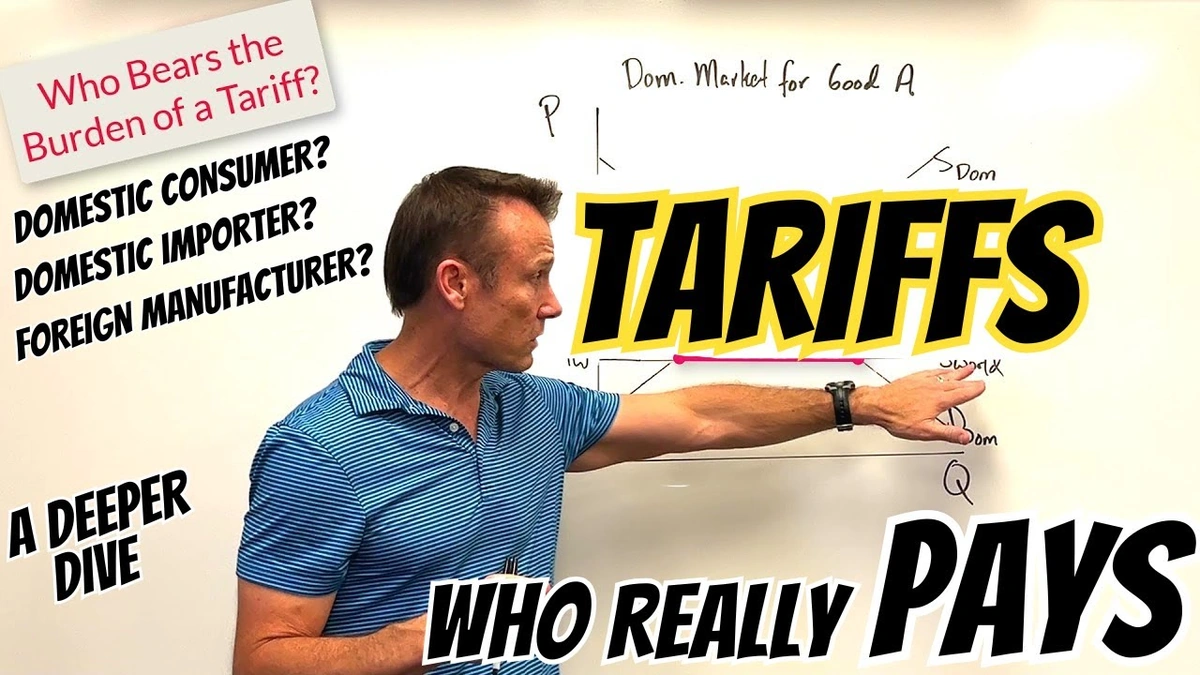Ever wondered how those shiny new cars get to the showroom floor? It’s not just about engines and wheels; it’s a complex web of suppliers, manufacturers, and trade policies. Right now, the US auto industry is facing a bit of a squeeze, and guess who’s feeling the pinch? Not just the big names like Ford and GM, but the smaller companies that provide everything from tires to tiny electronic components. Automotive News
Why This Matters to You (Even If You Don’t Buy Cars)

Here’s the thing: even if you’re not in the market for a new set of wheels, this shift in the tariff burden affects you. It impacts jobs, prices, and even the pace of innovation in the auto sector. I initially thought this was just another business story, but then I realized it’s about the ripple effect throughout the economy. The US auto giants, facing revoked subsidies, are now pushing the financial strain onto their supply chains. This isn’t just about tariffs; it’s about how businesses adapt or don’t to changing economic landscapes.
The “How” | Automakers and Their Shifting Strategies
So, how are these automakers actually shifting the burden? Let’s break it down. Basically, they’re renegotiating contracts with their suppliers, demanding lower prices to offset the increased costs from tariffs and reduced subsidies. It’s a classic case of big fish eating little fish, and the smaller suppliers often don’t have the bargaining power to resist. A common mistake I see people make is thinking that these companies are making money.
But here’s the kicker: this isn’t necessarily a bad thing for the consumer in the short term. Automakers might absorb some of the costs to keep car prices competitive. However, the long-term effects could include reduced investment in research and development, potentially leading to less innovative and exciting vehicles down the road. According to a report in the Wall Street Journal, some suppliers are already feeling the pressure to cut costs, and that could mean using cheaper materials or reducing their workforce. Wall Street Journal
Navigating the Tariff Terrain | A Survival Guide for Suppliers
If you’re a supplier in this situation, what can you do? It’s tough, but not impossible. Here’s a step-by-step guide:
- Assess Your Vulnerability: Understand exactly how much the tariffs and subsidy changes are costing you. Know your numbers inside and out.
- Diversify Your Customer Base: Don’t rely too heavily on one or two automakers. Spread your risk.
- Innovate or Die: Find ways to offer unique value that automakers can’t easily get elsewhere. This could be through new technologies, better quality, or more efficient processes.
- Collaborate: Join industry associations and work together with other suppliers to negotiate better terms.
- Seek Government Assistance: Explore available tax breaks, subsidies, and other support programs.
It’s like navigating a minefield. But with careful planning and a bit of luck, you can make it through.
The Ripple Effect | Jobs, Prices, and Innovation
Let’s be honest: this isn’t just about the auto industry. It’s a microcosm of the challenges facing businesses around the world in an era of increasing trade tensions and shifting government policies. What fascinates me is how interconnected everything is. A decision in Washington can have a direct impact on a small factory in India. And the choices those factory owners make can ultimately affect the price of the car you drive, the jobs available in your community, and the future of transportation.
And, if this tariff burden continues to shift down the supply chain, we could see these impacts in the Indian auto market as well. Find more insights
Is It All Just an Economic Game?
So, what’s the real takeaway here? Are tariffs and subsidies just pieces in a giant economic game? Or are they tools that can be used to shape industries and create jobs? The answer, as always, is complicated. Tariffs can protect domestic industries and encourage local production. But they can also raise prices for consumers and disrupt global supply chains. And subsidies can spur innovation and growth. But they can also distort markets and create unfair advantages. It’s a balancing act, and it’s not always clear who wins and who loses.
FAQ Section
Frequently Asked Questions
What exactly is a tariff, anyway?
A tariff is essentially a tax on imported goods. Governments impose them to protect domestic industries, raise revenue, or retaliate against other countries’ trade policies.
How do subsidies affect the auto industry?
Subsidies are financial aid provided by the government to support specific industries. In the auto sector, they can take the form of tax breaks, grants, or loans, encouraging domestic production and innovation.
Who ultimately pays for these tariffs?
That’s the million-dollar question! Economists debate this endlessly. But generally, the cost is shared between importers, exporters, and consumers.
What if I’m a small supplier; what are my chances of surviving?
It’s tough, but not impossible. The key is to be agile, innovative, and strategic. Diversify your customer base, control your costs, and find ways to offer unique value.
In conclusion, the story of US automakers shifting the tariff burden to their suppliers is more than just a business story. It’s a story about power, resilience, and the ever-changing dynamics of the global economy. It’s a story that affects all of us, whether we realize it or not. And it’s a story that reminds us that even in the most complex systems, the human element the ingenuity, the adaptability, the sheer will to survive still matters most of all.




